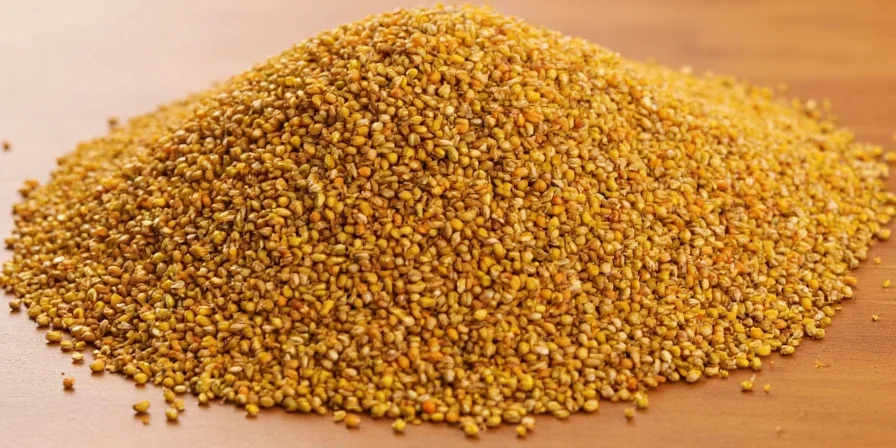
Kalonji seeds are called నల్ల జీలకర్ర (Nalla Jeelakarra) in Telugu, literally translating to 'black cumin.' This is the authentic term used across Andhra Pradesh and Telangana for Nigella sativa seeds. Understanding this precise terminology resolves the most common confusion among Telugu speakers and cooks seeking authentic culinary information.
This comprehensive guide delivers exactly what Telugu-speaking home cooks and culinary explorers need: the accurate Telugu name for kalonji seeds, their specific culinary applications in regional Telugu cooking, and evidence-based nutritional insights often missing from generic spice guides. Unlike superficial resources that treat Indian spices monolithically, this guide addresses kalonji's unique role in Telugu food culture with precision.
Telugu Name for Kalonji Seeds: నల్ల జీలకర్ర Explained
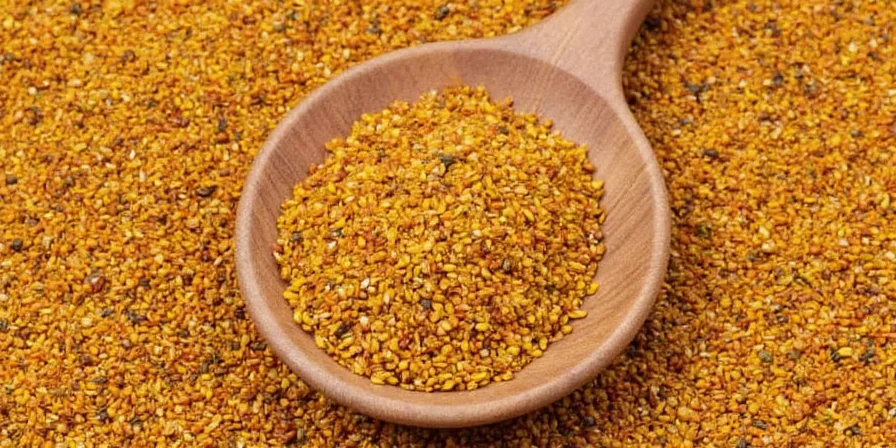
The term నల్ల జీలకర్ర (Nalla Jeelakarra) specifically identifies kalonji seeds in Telugu, distinguishing them from regular cumin (జీలకర్ర or Jeelakarra). This precise terminology is essential for authentic Telugu cooking:
- నల్ల జీలకర్ర (Nalla Jeelakarra) - The authentic Telugu term meaning 'black cumin,' used throughout traditional households
- కలోంజి (Kalōnji) - A phonetic adaptation increasingly common in urban areas but less traditional
Regional variations affect usage across Telugu-speaking regions. In coastal Andhra, elders predominantly use నల్ల జీలకర్ర, while Telangana markets might use both terms. Understanding these distinctions prevents common substitution errors that compromise authentic Telugu dishes.
Cultural Significance in Andhra and Telangana Cuisine

Unlike North Indian traditions where kalonji primarily accents breads, Telugu cooking integrates నల్ల జీలకర్ర into daily staples through distinctive practices:
- Ritualistic Incorporation: Added to ceremonial food during Sankranti and harvest festivals across Telugu households
- Regional Specialties: Uniquely incorporated into certain varieties of pappu (lentil dishes) and vegetable curries
- Market Traditions: Historic spice markets in Hyderabad and Vijayawada maintain specific grading systems for నల్ల జీలకర్ర based on seed size and oil content
This regional differentiation represents నల్ల జీలకర్ర's deep integration into Telugu food identity - a perspective rarely addressed in generic spice guides that treat Indian cuisine as monolithic.
Nutritional Benefits of Nalla Jeelakarra
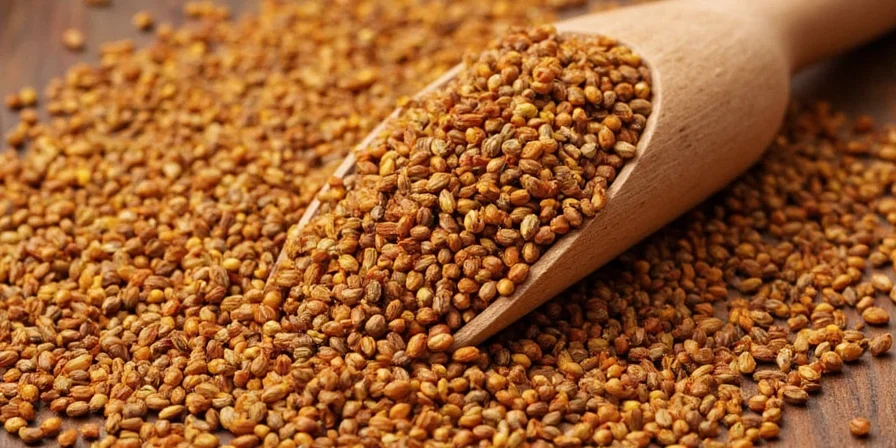
Scientific research increasingly validates traditional Telugu culinary uses of నల్ల జీలకర్ర. Here's the nutritional profile per 100g with context for authentic Telugu cooking:
| Nutrient | Per 100g | Culinary Relevance in Telugu Cooking |
|---|---|---|
| Fiber | 3.8g | Supports digestive health in spice-heavy Telugu cuisine |
| Iron | 8.56mg (48% DV) | Particularly valuable in vegetarian Telugu diets |
| Magnesium | 196mg (49% DV) | Contributes to stress reduction after spicy Telugu meals |
| Vitamin B1 | 0.42mg (30% DV) | Supports energy metabolism from carbohydrate-rich Telugu meals |
| Thymoquinone | 3-5% concentration | Primary active compound with anti-inflammatory properties |
Unlike many superfood trends, నల్ల జీలకర్ర's health benefits are supported by over 500 scientific studies. Its anti-inflammatory properties particularly complement Telugu cuisine's emphasis on chili peppers and other heat-inducing ingredients.
5 Essential Applications of Nalla Jeelakarra in Telugu Cooking
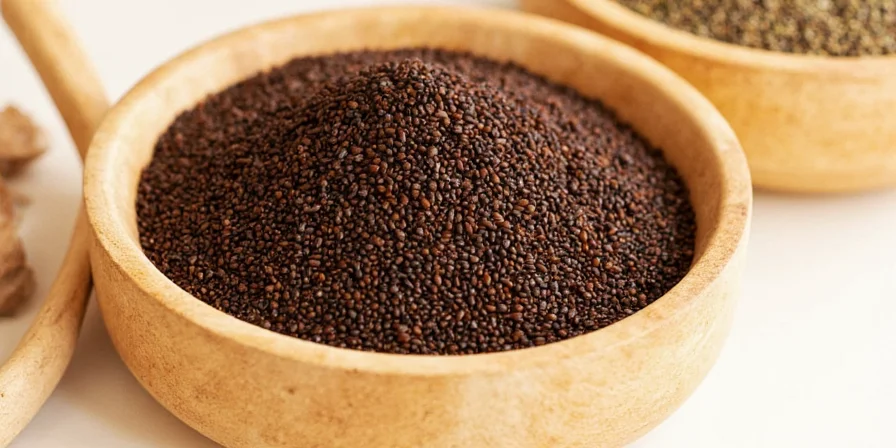
Telugu culinary traditions feature distinctive నల్ల జీలకర్ర applications that differ from other Indian regional cuisines:
- Dosa Batter Enhancement: Adding నల్ల జీలకర్ర during fermentation creates subtle complexity in Rayalaseema-style dosas
- Specialized Pachadi Formulations: Certain Telugu communities incorporate ground నల్ల జీలకర్ర into tomato pachadi for ceremonial dishes
- Rasam Tempering Technique: Unique to Telugu cooking, నల్ల జీలకర్ర is combined with curry leaves and dried red chilies in the final tempering
- Vegetable Preparation Method: Used as primary tempering for certain gourd varieties, unlike North Indian practices
- Bread Integration: Distinctive to coastal Andhra, appears in both dough and topping for specific bread varieties
Professional chefs in Hyderabad emphasize that నల్ల జీలకర్ర should always enter the cooking process after mustard seeds but before curry leaves to maximize flavor development in traditional Telugu dishes.
Optimal Storage and Preparation of Nalla Jeelakarra
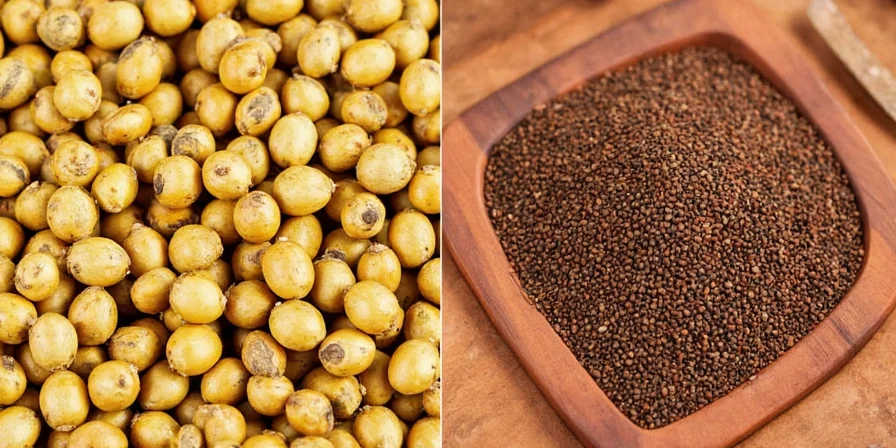
Telugu culinary experts employ specialized techniques for నల్ల జీలకర్ర preparation:
- Traditional Storage: Stored in terracotta containers with neem leaves to preserve potency in Telugu households
- Precise Roasting Method: Heat until the first audible pop occurs, then immediately remove from heat source
- Timing Matters: For tempering, add when oil reaches 160°C (tested by dropping a single seed that sizzles but doesn't burn)
- Regional Variations: Coastal Andhra prefers raw నల్ల జీలకర్ర in certain chutneys, while Telangana traditions always require roasting
These nuanced approaches, passed through generations, maximize నల్ల జీలకర్ర's flavor contribution while preserving its nutritional properties - knowledge rarely documented outside Telugu-speaking communities.
Comparative Analysis with Regional Indian Seeds
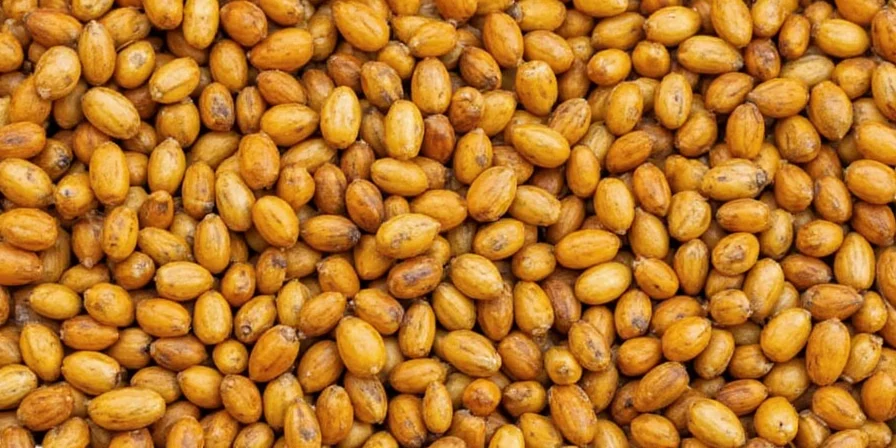
Understanding నల్ల జీలకర్ర's unique position within Indian spice traditions requires comparative analysis:
| Seed/Spice | Distinctive Flavor Profile | Telugu Culinary Applications | Regional Preference in Telugu Areas |
|---|---|---|---|
| నల్ల జీలకర్ర (Kalonji) | Earthy with subtle onion notes | Dals, chutneys, batters | Universal in Telugu cooking |
| Mustard Seeds | Sharp, pungent | Curry tempering, pickles | More common in coastal regions |
| Cumin Seeds | Warm, peppery | Rice dishes, sambar | Preferred in Telangana |
| Fennel Seeds | Sweet, licorice | Desserts, post-meal refreshers | Limited to specific Telugu communities |
This comparative perspective reveals నల్ల జీలకర్ర's unique versatility across Telugu culinary traditions - no other seed appears so consistently across diverse dish types and regional variations.
Evidence-Based Clarifications on Common Kalonji Misconceptions
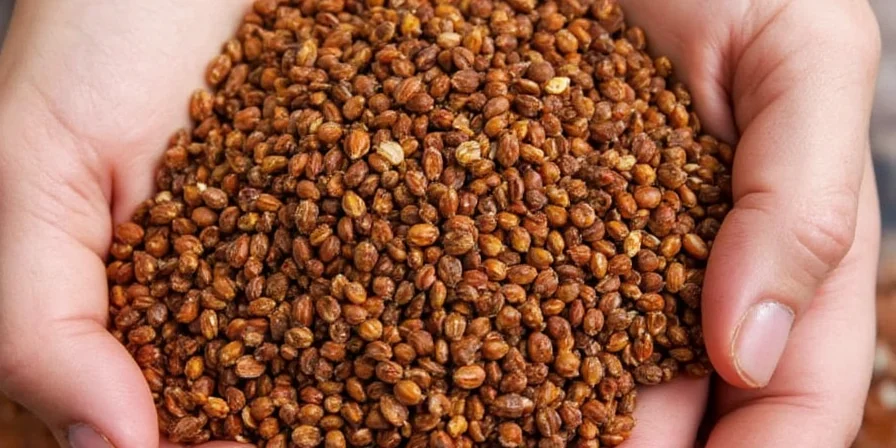
Common misunderstandings about నల్ల జీలకర్ర persist even within Telugu communities:
- Misconception: Kalonji and black sesame are interchangeable
- Evidence: They differ botanically (Nigella sativa vs Sesamum indicum), nutritionally, and culinarily. Substitution alters dish authenticity.
- Misconception: All Telugu regions use నల్ల జీలకర్ర identically
- Evidence: Coastal Andhra uses raw నల్ల జీలకర్ర in certain preparations, while Telangana traditions always roast it first.
- Misconception: Kalonji's health benefits require medicinal quantities
- Evidence: Culinary amounts (1-2g per serving) provide measurable benefits when consumed regularly as part of traditional Telugu diets.
These clarifications, based on culinary research and regional practice documentation, help preserve authentic Telugu cooking methods while separating fact from culinary folklore.
Frequently Asked Questions About Nalla Jeelakarra
What is kalonji called in Telugu?
Kalonji seeds are called నల్ల జీలకర్ర (Nalla Jeelakarra) in Telugu, literally meaning 'black cumin.' This distinguishes it from regular cumin (జీలకర్ర). While some urban areas use కలోంజి (Kalōnji), నల్ల జీలకర్ర remains the authentic term used in traditional Telugu cooking across Andhra Pradesh and Telangana.
How does nalla jeelakarra differ from kala jeera?
Though both called 'black cumin' in English, they're completely different plants. Nalla jeelakarra (Nigella sativa) seeds are matte black, tear-shaped, and have a subtle onion flavor. Kala jeera (Bunium persicum) is a true cumin relative with crescent-shaped seeds and stronger earthy notes. In Telugu, నల్ల జీలకర్ర specifically refers to kalonji, not kala jeera.
Can I use nalla jeelakarra in traditional Telugu vegetarian dishes?
Absolutely. Nalla jeelakarra is integral to many Telugu vegetarian preparations, particularly in dosa batters, certain pappu varieties, and vegetable stir-fries. Unlike some spices restricted to non-vegetarian dishes in certain traditions, నల్ల జీలకర్ర appears across the entire spectrum of Telugu vegetarian cuisine.
What's the optimal quantity of nalla jeelakarra for Telugu dishes?
For most Telugu dishes, use 1/4 to 1/2 teaspoon per serving. In dosa batter (for 2 cups of batter), 1/2 teaspoon provides ideal flavor without overpowering. For tempering in rasam or vegetable dishes, 1/4 teaspoon per serving creates the distinctive background note characteristic of authentic Telugu cooking.
Why do some Telugu recipes specify roasted versus raw nalla jeelakarra?
This distinction reflects regional Telugu culinary traditions. Coastal Andhra recipes often use raw నల్ల జీలకర్ర in certain chutneys and batters to preserve delicate flavor notes, while Telangana and Rayalaseema traditions typically roast it first to develop deeper flavor complexity. The choice depends on the specific dish's regional origin and desired flavor profile.

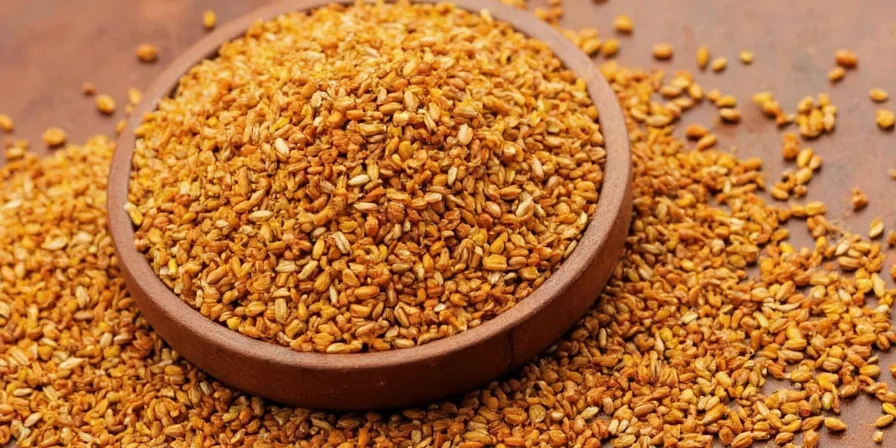









 浙公网安备
33010002000092号
浙公网安备
33010002000092号 浙B2-20120091-4
浙B2-20120091-4